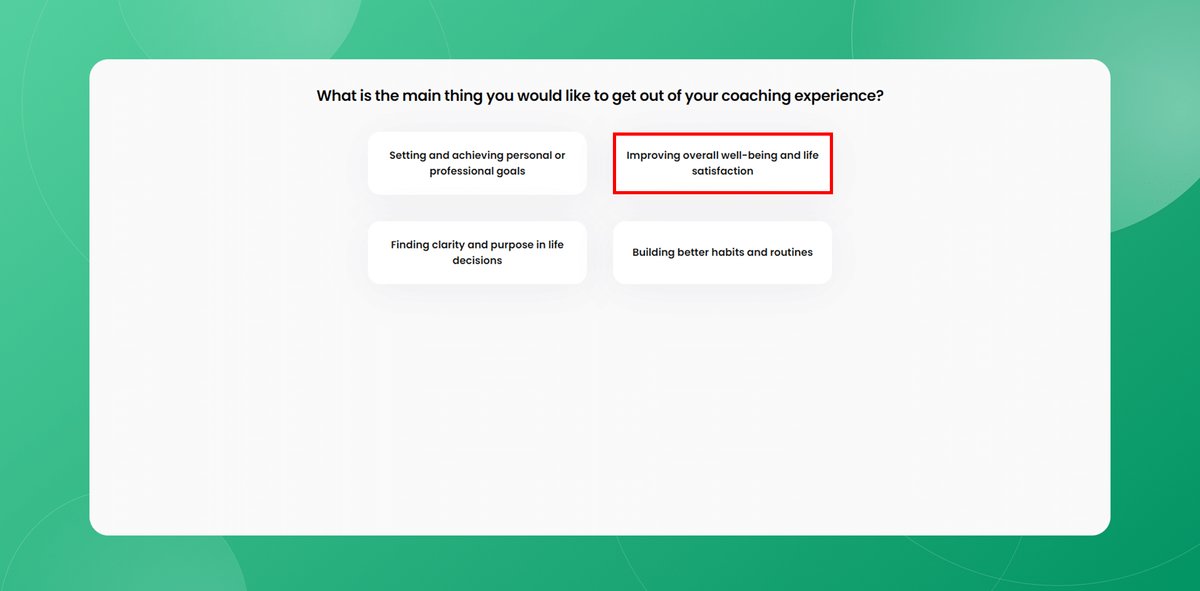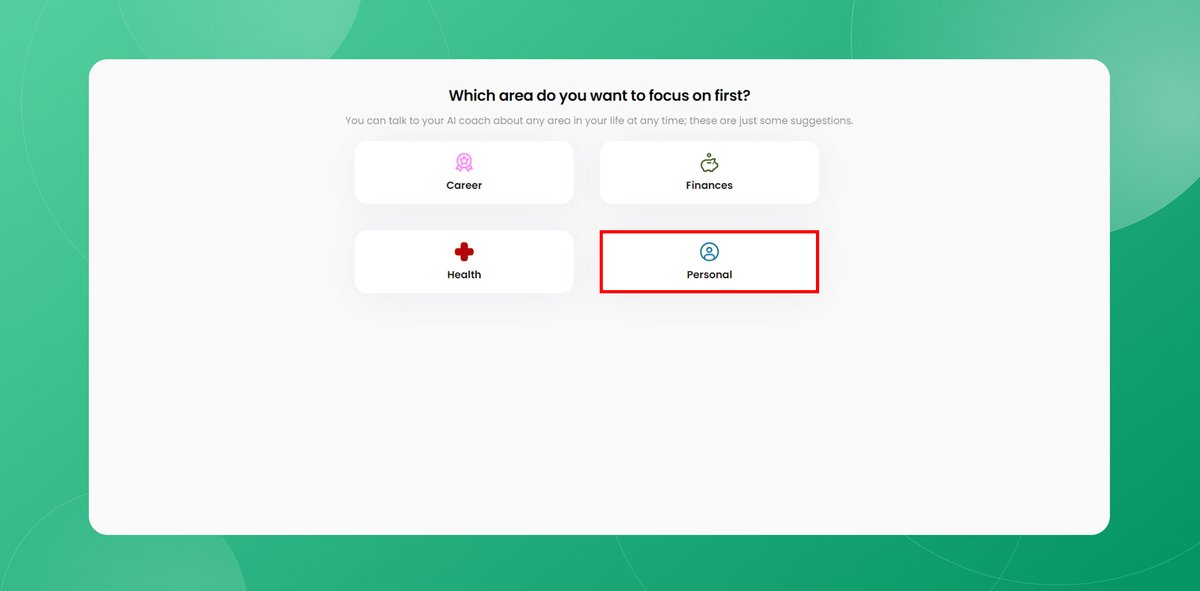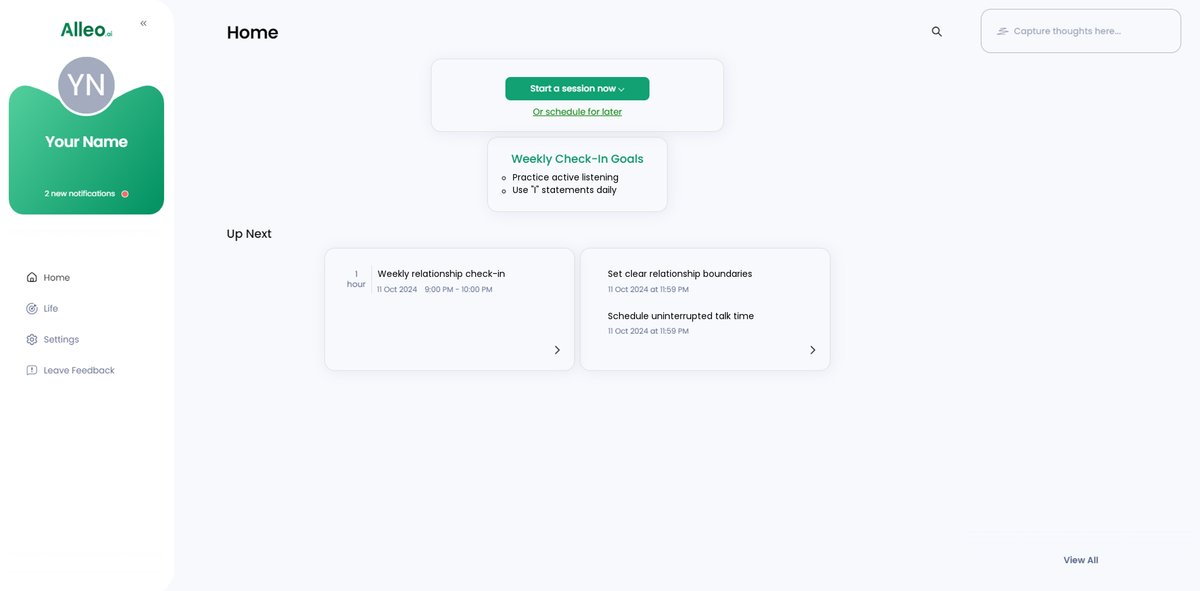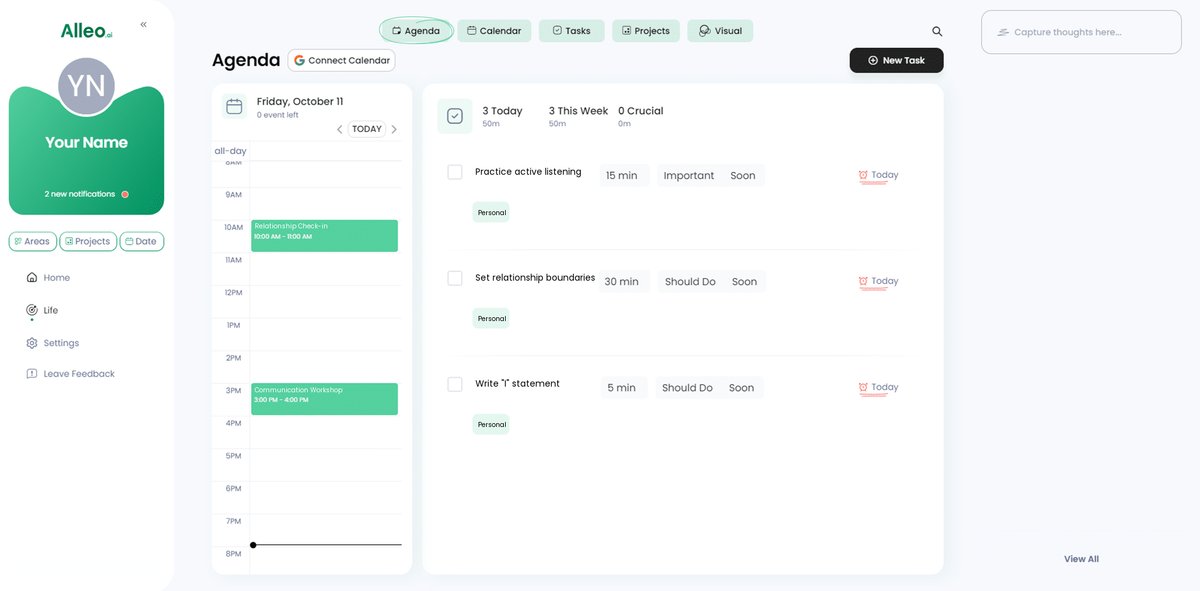7 Essential Ways to Be Transparent in Relationships Without Causing Conflicts
Have you ever found yourself wanting to share your true feelings with your partner but held back, fearing it might lead to conflict? This challenge is at the heart of transparent communication in relationships.
As a life coach, I’ve guided many couples through the delicate balance of being transparent without causing friction. In my experience, open communication is vital, yet it often feels risky. Healthy communication in relationships requires both emotional vulnerability in partnerships and setting boundaries while being open.
In this article, we’ll explore practical strategies to help you communicate openly while managing potential conflicts. You’ll learn how to practice active listening skills, use “I” statements for assertive communication techniques, and set clear boundaries. These conflict resolution strategies are essential for balancing honesty and sensitivity in your relationships.
Ready to improve your relationship communication and build trust through transparency? Let’s dive into non-violent communication methods and ways of expressing needs without criticism.

Understanding the Challenges of Transparency in Relationships
Navigating transparent communication in relationships can be complex. Many clients initially struggle with the fear that being emotionally vulnerable in partnerships will lead to conflict or negative reactions from their partner.
This fear often stems from previous experiences where sharing feelings led to arguments, highlighting the importance of conflict resolution strategies.
The emotional toll of poor communication is significant. Misunderstandings can create distance, resentment, and frustration, emphasizing the need for healthy communication in relationships.
I’ve seen several clients feel isolated because they couldn’t express their true feelings, underlining the importance of active listening skills and assertive communication techniques.
Transparency is crucial, but so is managing conflict. Balancing honesty and sensitivity while setting boundaries can be challenging, but it’s essential for building trust through transparency in a healthy relationship.

Steps to Transparent Communication Without Conflict
Overcoming this challenge requires a few key steps. Here are the main areas to focus on to make progress in transparent communication in relationships:
- Practice active listening skills and empathy: Show understanding and validation during conversations to enhance healthy communication in relationships.
- Use “I” statements to express feelings: Avoid blame and clearly communicate emotions, fostering emotional vulnerability in partnerships.
- Set clear boundaries and expectations early: Establish and revisit boundaries as the relationship evolves, balancing honesty and sensitivity.
- Schedule regular check-ins for open dialogue: Ensure consistent communication and a safe space for discussions, promoting transparent communication in relationships.
- Acknowledge mistakes and apologize sincerely: Own up to errors and offer genuine apologies, building trust through transparency.
- Choose appropriate timing for sensitive topics: Discuss critical issues in calm, private settings, using assertive communication techniques.
- Develop emotional intelligence and self-awareness: Improve through assessments, mindfulness, and feedback, enhancing conflict resolution strategies.
Let’s dive in!
1: Practice active listening and empathy
Active listening and empathy are crucial for transparent communication in relationships without causing conflicts.
Actionable Steps:
- Schedule uninterrupted time: Set aside specific times for conversations to ensure both partners are fully present, promoting healthy communication in relationships.
- Reflect back: Paraphrase what your partner says to show you understand their perspective, demonstrating active listening skills.
- Use empathetic responses: Acknowledge your partner’s feelings with statements like, “I understand why you feel that way,” fostering emotional vulnerability in partnerships.
Explanation: Practicing active listening and empathy helps build trust through transparency and reduces misunderstandings. It shows your partner that you value their feelings and opinions, fostering a deeper connection and promoting transparent communication in relationships.
According to Palo Alto University, active listening is essential for building rapport and trust in relationships.
Key benefits of active listening include:
- Improved understanding of your partner’s perspective
- Increased emotional connection
- Reduced likelihood of misinterpretations
Implementing these steps can significantly improve your communication, paving the way for a healthier relationship and enhancing transparent communication in relationships.

2: Use “I” statements to express feelings
Using “I” statements to express feelings can help avoid blame and promote a more open dialogue, which is crucial for transparent communication in relationships.
Actionable Steps:
- Frame your feelings with “I” statements: Start your sentences with “I feel” to communicate your emotions without assigning blame (e.g., “I feel hurt when…”). This is an essential assertive communication technique for healthy communication in relationships.
- Practice regularly: Use “I” statements in everyday conversations to build confidence and make it a habit. This helps in expressing needs without criticism and fosters emotional vulnerability in partnerships.
- Encourage mutual use: Ask your partner to also use “I” statements to ensure both parties are communicating effectively. This is key to balancing honesty and sensitivity in your relationship.
Explanation: These steps matter because they help reduce defensiveness and foster a more constructive conversation, which is vital for conflict resolution strategies.
According to Healing Collective Therapy, using “I” statements is crucial for transparent and effective communication in relationships.
Implementing this approach can lead to better understanding and empathy between partners, promoting active listening skills and building trust through transparency.
Building this habit early can make challenging conversations smoother, aiding in setting boundaries while being open in your relationship.

3: Set clear boundaries and expectations early
Setting clear boundaries and expectations early is essential for maintaining transparent communication in relationships and reducing conflicts in your partnership.
Actionable Steps:
- Have a proactive discussion: Initiate a conversation about boundaries and expectations at the beginning of your relationship. This helps ensure both partners are on the same page and fosters healthy communication in relationships.
- Write down agreed-upon boundaries: Document the boundaries you both agree upon so you can refer back to them when needed. This helps avoid misunderstandings and promotes setting boundaries while being open.
- Revisit and adjust boundaries: Regularly discuss and adjust your boundaries as your relationship evolves. This ensures they remain relevant and effective, supporting emotional vulnerability in partnerships.
Explanation: These steps are crucial because they create a foundation of mutual understanding and respect, enhancing transparent communication in relationships.
According to Bozeman Counseling, maintaining clear communication about boundaries fosters trust and reduces conflicts, which aligns with effective conflict resolution strategies.
Implementing these strategies can lead to a healthier, more transparent relationship, emphasizing the importance of active listening skills and assertive communication techniques.
Clear boundaries help both partners feel secure and valued, promoting transparent communication in relationships and balancing honesty and sensitivity.

4: Schedule regular check-ins for open dialogue
Scheduling regular check-ins is essential for maintaining transparent communication in relationships and addressing potential issues promptly.
Actionable Steps:
- Set a consistent time each week: Choose a specific day and time for your check-ins to ensure both partners can prepare and prioritize these meetings, fostering healthy communication in relationships.
- Use a structured format: Discuss the highs and lows of the week, allowing both partners to share their perspectives and feelings, promoting emotional vulnerability in partnerships.
- Create a safe space: Ensure the check-in is a judgment-free zone where both can speak openly and honestly, encouraging assertive communication techniques.
Explanation: Regular check-ins help prevent misunderstandings and keep communication lines open, supporting conflict resolution strategies.
According to CoffeePals, consistent communication fosters trust and collaboration.
Implementing this practice can strengthen your relationship and ensure transparent communication without conflict.
Regular check-ins can be a powerful tool for maintaining a healthy relationship, promoting active listening skills and building trust through transparency.

5: Acknowledge mistakes and apologize sincerely
Admitting mistakes and offering sincere apologies can strengthen trust and transparency in your relationship, fostering transparent communication in relationships.
Actionable Steps:
- Admit your mistakes promptly: Own up to your errors as soon as you recognize them to show accountability and honesty, enhancing emotional vulnerability in partnerships.
- Offer a sincere apology: Reflect on the impact of your actions and offer a heartfelt apology that acknowledges your partner’s feelings, demonstrating healthy communication in relationships.
- Discuss future improvements: Have a conversation about how to avoid similar issues in the future, demonstrating your commitment to growth and setting boundaries while being open.
Explanation: These steps are vital because they foster trust and show respect for your partner’s feelings, contributing to transparent communication in relationships.
According to Bozeman Counseling, acknowledging mistakes and apologizing sincerely is crucial for maintaining healthy communication in relationships.
Implementing these practices can lead to more effective conflict resolution strategies and a stronger bond.
Elements of a sincere apology:
- Acknowledging the specific action or behavior
- Expressing genuine remorse
- Offering to make amends
Taking responsibility helps build a foundation of mutual respect and understanding, essential for transparent communication in relationships.

6: Choose appropriate timing for sensitive topics
Choosing the right moment to discuss sensitive issues can prevent conflicts and ensure a productive conversation, which is essential for transparent communication in relationships.
Actionable Steps:
- Find a calm and private setting: Ensure you are in a quiet place where you won’t be disturbed, allowing for focused and meaningful conversation, promoting emotional vulnerability in partnerships.
- Avoid stressful times: Refrain from bringing up sensitive topics during high-stress periods or when emotions are running high to ensure a calm discussion, an important aspect of healthy communication in relationships.
- Use a pre-agreed signal: Establish a signal that both partners agree on to indicate when it’s a good time to talk, ensuring mutual readiness and setting boundaries while being open.
Explanation: These steps are crucial because they create an environment conducive to open and honest communication, supporting transparent communication in relationships.
According to Bozeman Counseling, choosing the right timing for discussions can significantly reduce the chances of conflict and enhance understanding, which is key to conflict resolution strategies.
Implementing these strategies can help maintain a healthy, transparent relationship and improve active listening skills.
Timing conversations effectively helps ensure they are productive and respectful, balancing honesty and sensitivity in your communication.

7: Develop emotional intelligence and self-awareness
Developing emotional intelligence and self-awareness is essential for maintaining transparent communication in relationships and fostering understanding between partners.
Actionable Steps:
- Take an emotional intelligence assessment: Identify your strengths and areas for improvement. This will give you a clear starting point for personal growth and enhancing healthy communication in relationships.
- Practice mindfulness techniques: Engage in activities like meditation or journaling to stay present and self-aware. This helps you manage your emotions better and supports emotional vulnerability in partnerships.
- Seek feedback from your partner: Ask your partner for honest feedback on your emotional responses and work on improving them. This fosters mutual growth and understanding, while setting boundaries while being open.
Explanation: These steps are crucial because they help you become more attuned to your and your partner’s emotions, fostering a deeper connection and improving transparent communication in relationships.
According to Articulate RC, creating a culture of open communication is essential for fostering an environment of belonging. By implementing these strategies, you can build a stronger, more transparent relationship and enhance your conflict resolution strategies.
Key aspects of emotional intelligence:
- Self-awareness
- Self-regulation
- Empathy
- Social skills
Improving emotional intelligence benefits both you and your partner, leading to a healthier relationship and better active listening skills.

Partner with Alleo for Transparent Communication
We’ve explored the challenges of maintaining transparent communication in relationships without conflict, and how to overcome them. But did you know you can work directly with Alleo to make this journey towards healthy communication in relationships easier?
Alleo provides affordable, tailored coaching support for transparent communication. With full coaching sessions and a free 14-day trial, no credit card required, Alleo’s AI coach helps you set and achieve communication goals, including improving emotional vulnerability in partnerships and setting boundaries while being open.
Schedule regular check-ins, maintain boundaries, and track progress with personalized advice on assertive communication techniques and conflict resolution strategies. Our coach follows up on your progress, handles changes, and keeps you accountable via text and push notifications, helping you develop active listening skills and express needs without criticism.
Ready to get started for free and enhance transparent communication in your relationships? Let me show you how!
Step 1: Log In or Create Your Alleo Account
To begin your journey towards transparent communication, log in to your Alleo account or create a new one to access personalized coaching support.

Step 2: Choose Your Focus Area
Select “Improving overall well-being and life satisfaction” to address the challenges of transparent communication in your relationship. This goal aligns with the strategies discussed in the article and will help you develop the skills needed for healthier, more open conversations with your partner.

Step 3: Select “Personal” as Your Focus Area
Choose “Personal” as your life area to improve transparent communication in your relationship. This focus will help you develop the self-awareness and emotional intelligence needed to express yourself openly without causing conflicts, addressing the core challenges discussed in the article.

Step 4: Starting a Coaching Session
Begin your journey with Alleo by scheduling an intake session, where you’ll discuss your communication goals and set up a personalized plan to improve transparency in your relationship.

Step 5: Viewing and managing goals after the session
After your coaching session on transparent communication, check the Alleo app’s home page to review and manage the goals you discussed, helping you stay accountable and track your progress in improving your relationship communication.

Step 6: Adding events to your calendar or app
Track your progress in implementing transparent communication strategies by adding regular check-ins and boundary discussions to your calendar or task list within the Alleo app, helping you stay accountable and consistent in your relationship improvement efforts.

Embracing Transparent Communication for a Stronger Relationship
As we’ve explored, transparent communication in relationships is essential for a healthy partnership. Balancing honesty with empathy can be challenging, but it’s worth the effort to improve emotional vulnerability in partnerships.
By practicing active listening skills, using “I” statements, and setting boundaries while being open, you can foster a deeper connection with your partner through assertive communication techniques.
Regular check-ins and sincere apologies also play a crucial role in maintaining trust through transparency.
Remember, it’s all about finding the right timing and developing emotional intelligence for healthy communication in relationships.
You’ve got this!
For extra support, why not try Alleo? Our tailored coaching can guide you on this journey of building trust through transparency.
Sign up for a free trial today and take the first step towards a more transparent relationship with improved conflict resolution strategies.